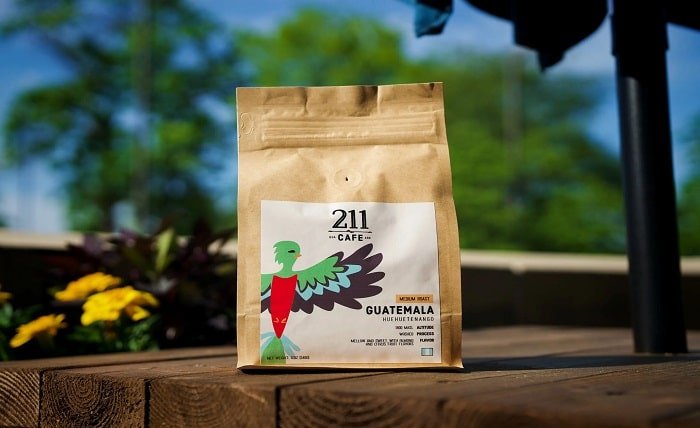The Secret Language of Coffee Packaging: What the Labels Mean for Your Brew

When you buy coffee, the packaging can tell you a lot more than you might realize. But with so many labels, it can all be a bit confusing. Understanding these can help you choose the right blend for your preferences.
Let’s break down what those details mean for your favorite brew. Knowing the meaning behind your tastes is important when you’re involved in a hobby. If you know you prefer slots over a longer round of poker, then understanding how they work could improve how much fun you have, and your chances of hitting the jackpot!
1. Single-Origin vs. Blend
The first thing you might see on the front of a bag of beans is if it contains ‘single-origin’ or ‘blend’.
- Single-origin coffee is defined as being from a single nation or geographic area, with some varieties even coming from a single farm. The peculiar and sour flavors of this are typically connected to where it was grown. It is most likely single-origin if it is identified as Ethiopian or Colombian.
- Blends combine beans from different locations. Roasters work on putting together flavors to attain certain notes, often more balanced and consistent. More usually they appear in espressos because they have a rich, full taste.
Which is better? It depends on what you like. If you want to explore unique flavors, try single-origin. If you prefer a smoother, reliable taste, go for a blend.
2. Roast Level: Light, Medium, Dark
The roast level is another key label to pay attention to. It tells you how long the coffee beans were cooked and how that could impact the flavor.
- Light roast beans are roasted for a shorter period, are lighter colored, and contain more acidity. The hints and notes are generally sweet and fresh, flowery, or plain zesty.
- Medium falls somewhere in between as they are slightly browner, with the right mix of fruity and dark flavors. They tend to be less acidic, but fuller in flavor.
- Dark is the longest-roasted and has an oily texture. The flavors are much stronger, reminiscent of cocoa, nuts, or even charcoal. They are less acidic and assert a more intense flavor.
4. Processing Method: Washed, Natural, Honey
Coffee’s flavor is influenced by its processing post-harvest, and bags often carry terms like washed, natural, or honey-processed.
- Washed (or wet-processed), involves cleaning the beans with water to remove the outer fruit, resulting in a crisp taste with clearer flavors. These taste often more acidic and have brighter notes.
- Natural (or dry-processed) beans skip the washing step. The fruit stays on while it dries, adding sweetness and body. They often have fruity, wine-like flavors and are fuller in taste.
- Honey-processed beans have some fruit left on them throughout the drying process, creating a hybrid between washed and natural beans. Using this technique yields a blend that is clean and sweet, less acidic than washed coffee but not as dense as natural coffee.
If you want a clean, classic taste, look for washed. For a sweeter, more complex cup, try natural or honey-processed.
6. Altitude
The height at which coffee is grown can greatly influence its flavor profile. You might see terms like high-altitude or specific numbers like 1,800 meters on the bag.
Higher altitude just means cooler temperatures, which slows growth. This gives them more time to develop complex flavors. High-altitude coffees often have more acidity, brightness, and clarity.
Lower-altitude coffees grow faster, resulting in beans with simpler, less complex flavors. They taste much less bitter and provoking, as they are often smoother.





